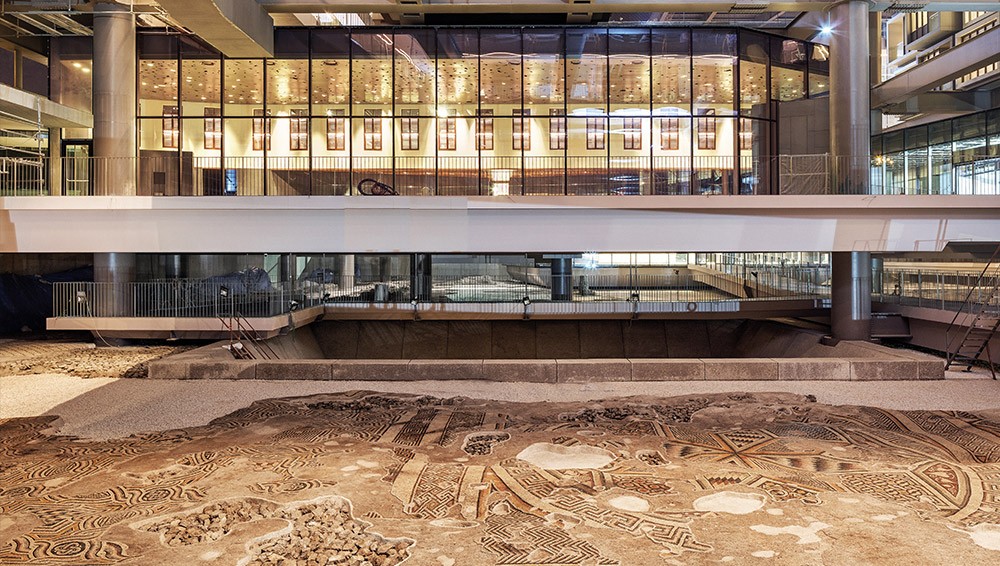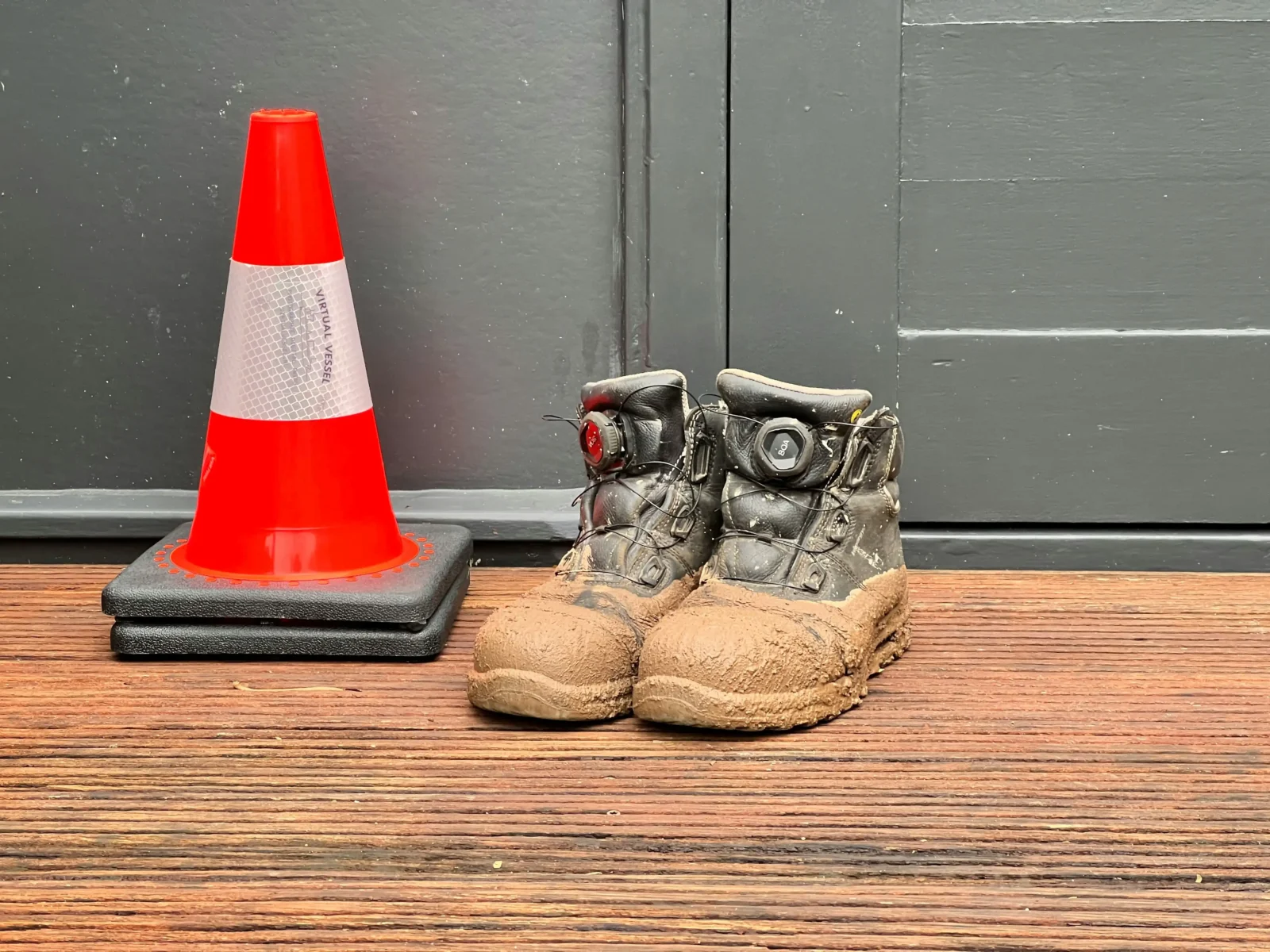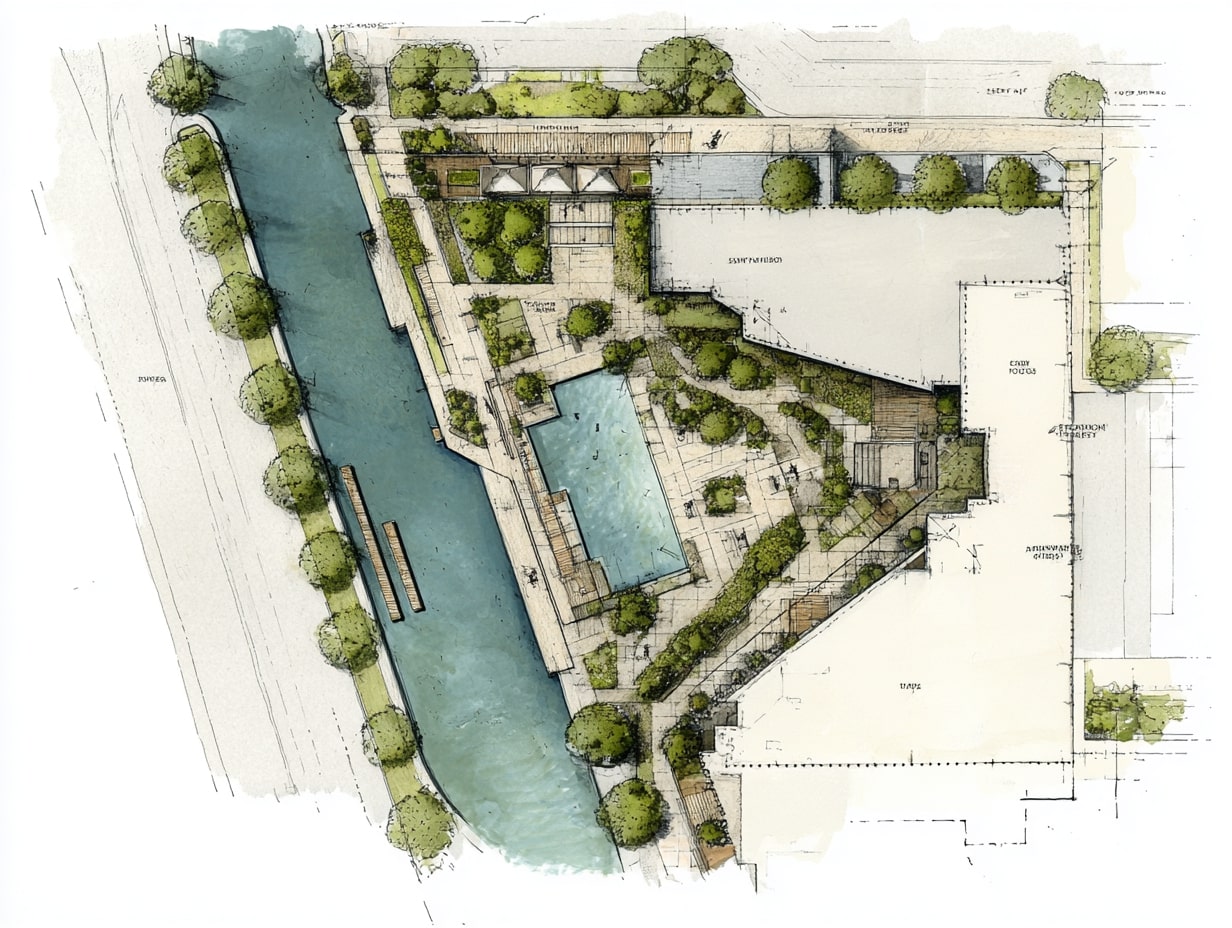- Home
- Articles
- Architectural Portfolio
- Architectral Presentation
- Inspirational Stories
- Architecture News
- Visualization
- BIM Industry
- Facade Design
- Parametric Design
- Career
- Landscape Architecture
- Construction
- Artificial Intelligence
- Sketching
- Design Softwares
- Diagrams
- Writing
- Architectural Tips
- Sustainability
- Courses
- Concept
- Technology
- History & Heritage
- Future of Architecture
- Guides & How-To
- Art & Culture
- Projects
- Interior Design
- Competitions
- Jobs
- Store
- Tools
- More
- Home
- Articles
- Architectural Portfolio
- Architectral Presentation
- Inspirational Stories
- Architecture News
- Visualization
- BIM Industry
- Facade Design
- Parametric Design
- Career
- Landscape Architecture
- Construction
- Artificial Intelligence
- Sketching
- Design Softwares
- Diagrams
- Writing
- Architectural Tips
- Sustainability
- Courses
- Concept
- Technology
- History & Heritage
- Future of Architecture
- Guides & How-To
- Art & Culture
- Projects
- Interior Design
- Competitions
- Jobs
- Store
- Tools
- More

Archaeology and architecture are two fields that are often intertwined. Architecture involves the design and construction of buildings and other structures, while archaeology is the study of human history and culture through the examination of artifacts and other physical remains. In this article, we will explore the relations between archaeology and architecture and how the two fields complement each other.
Archaeology and Architecture: A Brief History
The relationship between archaeology and architecture dates back to the early 19th century when archaeologists first began to study ancient structures such as the pyramids of Egypt and the temples of Greece and Rome. At this time, archaeologists were primarily interested in understanding the historical and cultural significance of these structures. However, as the field of archaeology progressed, it became increasingly apparent that architecture played an important role in shaping human history and culture.

Architecture as a Reflection of Culture
Architecture provides a window into the culture and society of a particular time and place. Buildings and other structures reflect the social, economic, and religious values of the people who created them. By studying the architecture of a particular society, archaeologists can gain insight into its beliefs, practices, and daily life.
For example, the pyramids of Egypt reflect the religious beliefs of the ancient Egyptians. These massive structures were built as tombs for the pharaohs, who were believed to be divine beings. Similarly, the Gothic cathedrals of medieval Europe reflect the power and influence of the Catholic Church during that time period.

Archaeology as a Tool for Understanding Architecture
Archaeology also plays an important role in the study of architecture. By excavating and analyzing the physical remains of buildings and other structures, archaeologists can gain a better understanding of their design, construction, and use. This information can help historians and architects to recreate lost buildings and to understand the technological advancements of a particular society.
For example, the excavation of the ancient city of Pompeii has provided archaeologists with a wealth of information about the architecture of the Roman Empire. By analyzing the ruins of houses, public buildings, and temples, archaeologists have been able to recreate a detailed picture of life in Pompeii before it was destroyed by the eruption of Mount Vesuvius in 79 AD.

Collaboration Between Archaeologists and Architects
The collaboration between archaeologists and architects has become increasingly common in recent years. Archaeologists can provide valuable information to architects about the historical and cultural context of a particular building or structure. Architects, in turn, can provide insight into the engineering and design aspects of a project.
For example, the reconstruction of the Parthenon in Athens, Greece, has involved a collaboration between archaeologists and architects. The reconstruction project is based on extensive archaeological research, which has helped to ensure that the rebuilt structure is as accurate as possible.
The relationship between archaeology and architecture is a complex one. Architecture reflects the culture and society of a particular time and place, while archaeology provides valuable information about the design, construction, and use of buildings and other structures. Through collaboration, archaeologists and architects can create a more accurate and detailed understanding of the past, and help to ensure that historical buildings and structures are preserved for future generations.

The Antakya Museum Hotel by Emre Arolat is a stunning example of modern architecture that blends seamlessly with its historic surroundings. Located in the ancient city of Antakya in Turkey, the hotel is built on the site of an archaeological excavation, and the design incorporates the existing ruins into the overall concept.
One of the most impressive features of the Antakya Museum Hotel is the way in which it incorporates the existing ruins into the design. By blending modern design with traditional craftsmanship and historic ruins, Arolat has created a unique and unforgettable hotel experience that celebrates the rich history and culture of the region.

Submit your architectural projects
Follow these steps for submission your project. Submission FormLatest Posts
Understanding Site Safety Footwear in Architectural Practice
Architecture is often discussed through drawings, models, and finished buildings, yet a...
General Arrangement Drawings in Architecture: The Backbone of Clear Design Communication
General Arrangement Drawings explained: what they are, when to use them, how...
The Ultimate Guide to Fencing in North Dakota: Choosing the Best Fence for Your Property
Watching a chain link fence twist in 70 mph winds near Minot...
Gaudí: Where Architecture Meets Science
Gaudí: Where Architecture Meets Science shows catenary arches, ruled surfaces, and biomimicry...












Leave a comment